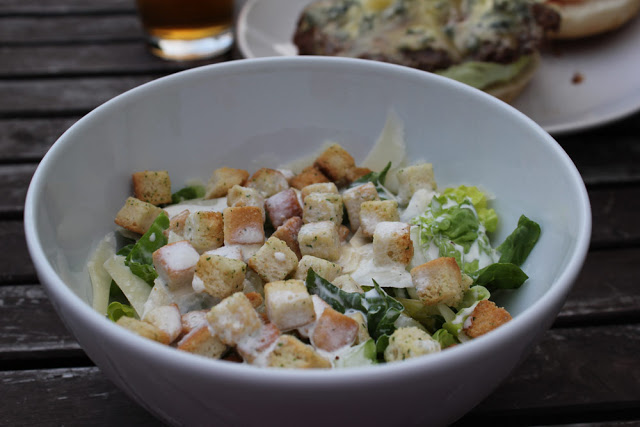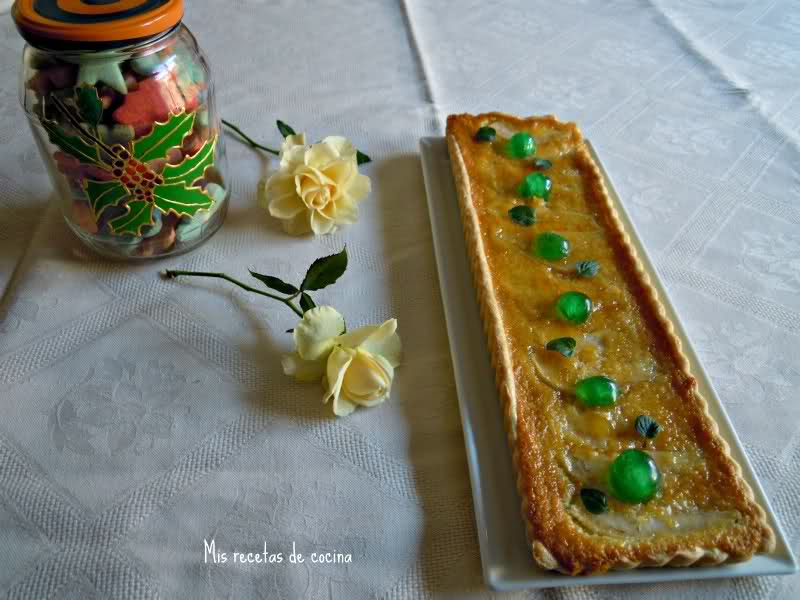Chapata with poolish

Whole kitchen in your salty proposal of the month of November invites us to prepare a classic of Italian cuisine, ciabatta.
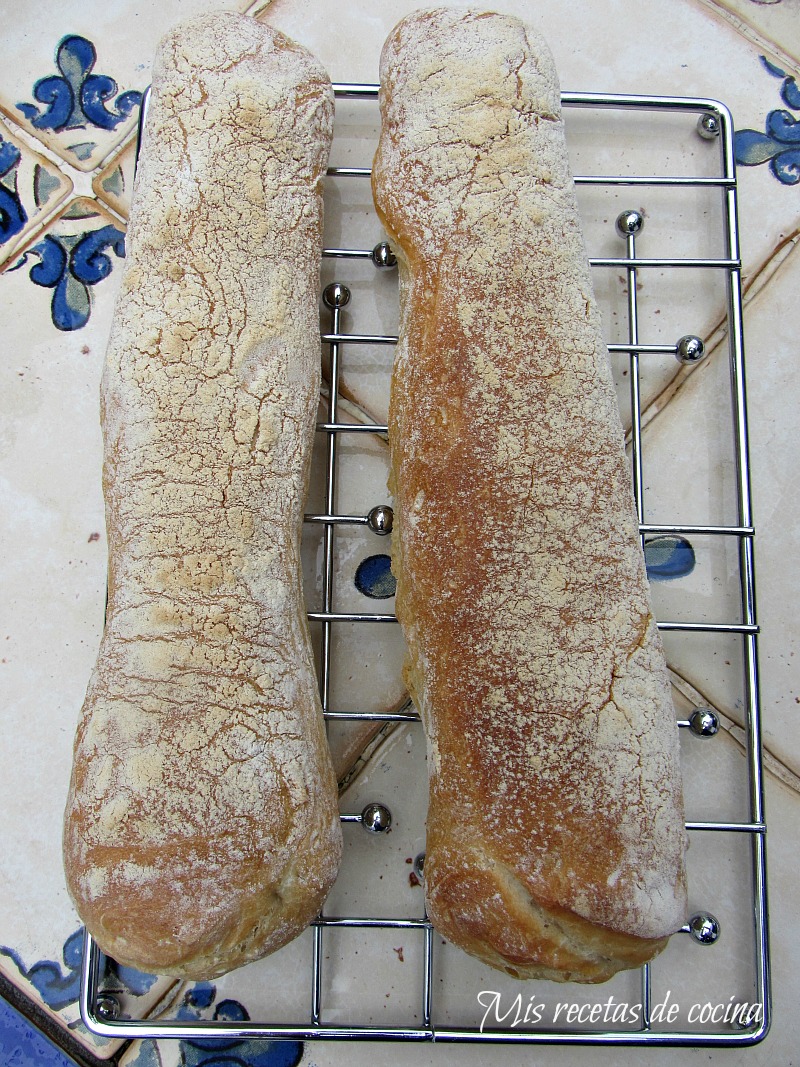
According to Wikipedia, the ciabatta or chapata is a white bread made from very young wheat flour from Italian cuisine. It was invented by Arnaldo Cavallar in the 80s.
Since the end of the 1990s it has become popular in Europe and also in the United States and other countries, such as Mexico, as a very appropriate bread for making sandwiches.
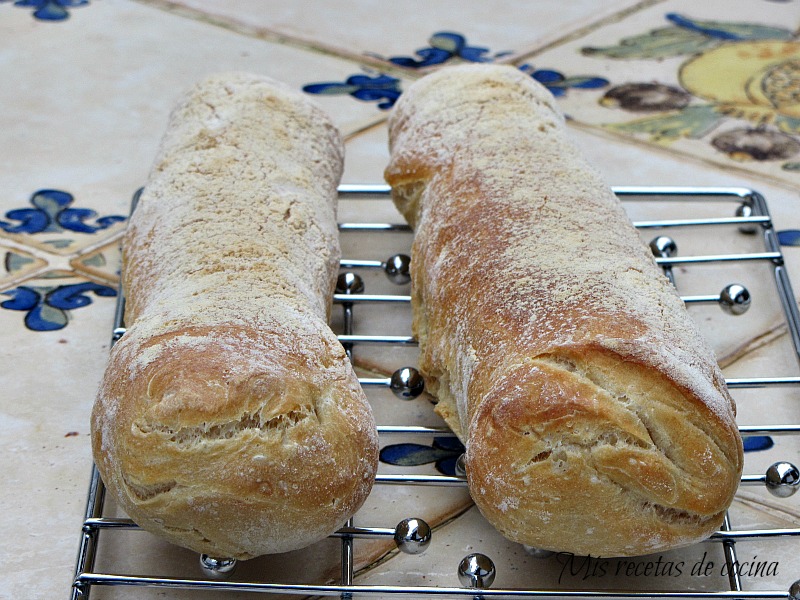
I thought that the preparation of this bread was going to be very difficult for me and I was terribly afraid of it, but the truth is that I came out of the challenge, well, the holes have not been as big as they came in the book, but I give myself Satisfied because it is a bread that is very good.
When I picked them up to put them on the tray, they lengthened considerably more.
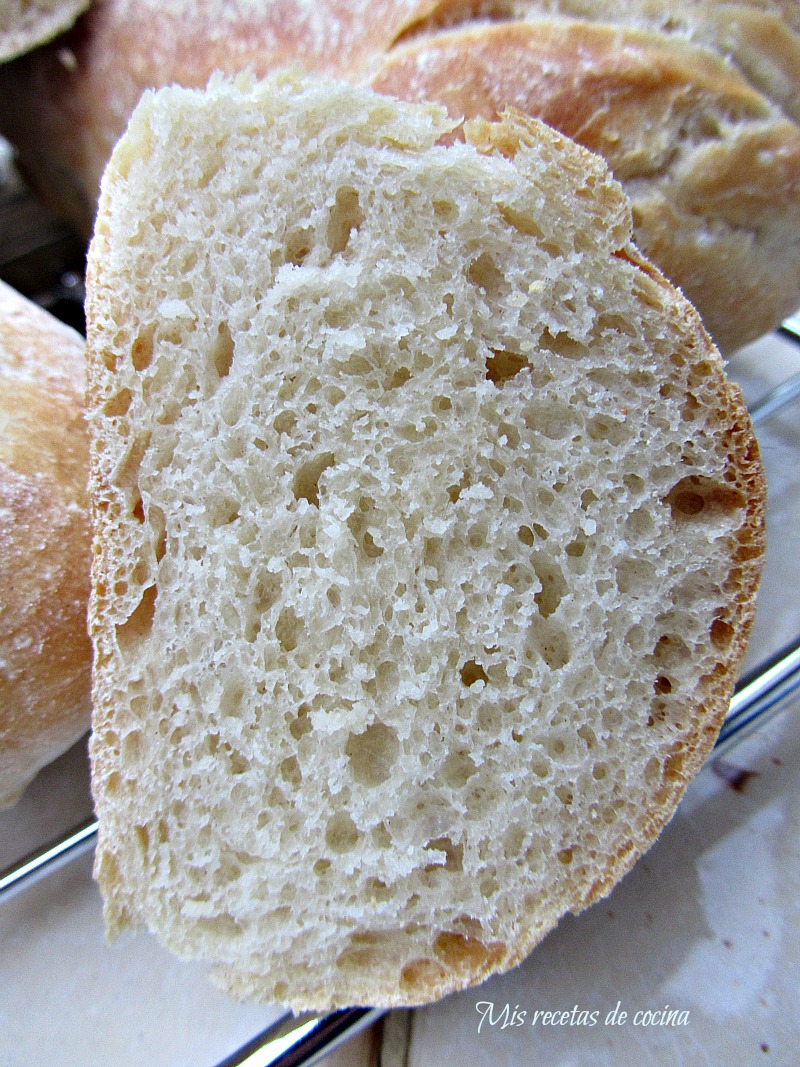
Chapata
The previous night we prepared the poolish with these ingredients:
320 gr. of strength flour
360 ml. of water at room temperature
1 gr. dry baker's yeast
In a bowl we put flour, water and yeast and mix until the flour is hydrated.The dough should be soft and sticky.
Cover the bowl with kitchen film and let ferment at room temperature for 3 or 4 hours or until bubbles appear and the dough is fluffy. We put it in the fridge and it is kept there for three days.
We take out the poolish from the refrigerator 1 hour before starting to make bread for that the dough is tempered.
To make the dough:
645 gr. of poolish
380 gr. of flour of force
13 gr. of salt
5 gr. instant yeast
From 90 to 180 ml. (I only needed 90 ml.)
Semolina to sprinkle the tray
In the bowl of the mixer we mix the flour, salt, and yeast. We add all the poolish and 90 ml. of water. We knead until we have a sticky ball. If we have flour without mixing, add the necessary water and keep mixing.
We have to have a soft and sticky dough, which will take off from the walls of the bowl but will adhere to the bottom. We may need to put more flour to get it.
Sprinkle the work surface with plenty of flour and with the help of a spatula dipped in water put the dough on top of the flour, we will beat until we have a rectangle, we raise by the ends stretching up to double its size.
We fold the mass over itself as if it were a letter, so that it recovers its rectangular shape. Spray with oil, sprinkle with flour and cover with kitchen film. Let stand 30 minutes.
Stretch and fold again, spray with oil, sprinkle with flour and cover again with kitchen film. We let it ferment on the countertop 2 hours.
We remove the plastic carefully. Now we cut the dough into two or three loaves taking care not to degas it.
Sprinkle flour on top and take off from the surface with care , we turn it over so that it is floured on all sides.
We place the loaves on a cloth and fold each one carefully, from left to right, like a letter and in the shape of a rectangle.
We lift the cloth between the pieces to make wall. Spray with oil, sprinkle with flour and cover with a cloth.between the pieces.
We put the ciabatta in the oven and after 30 seconds we spray the walls. We repeat this process twice more with intervals of 30 seconds.
After the final spraying we lower the oven to 230º and we bake another 15-20 minutes.
We let cool on a metallic grid.
Source: Baker's apprentice.


